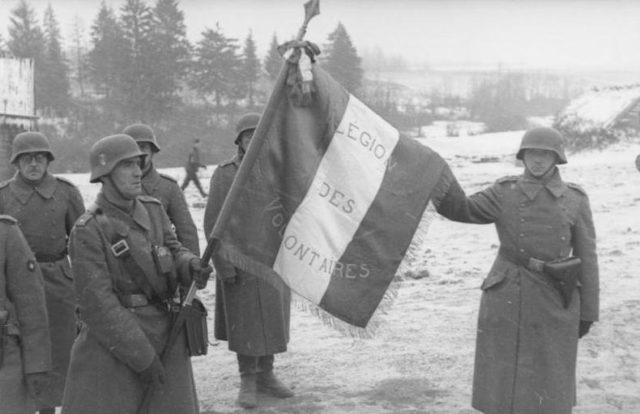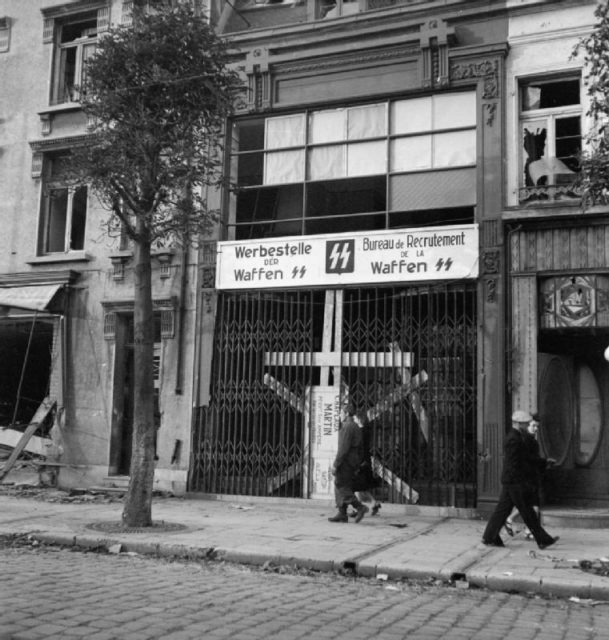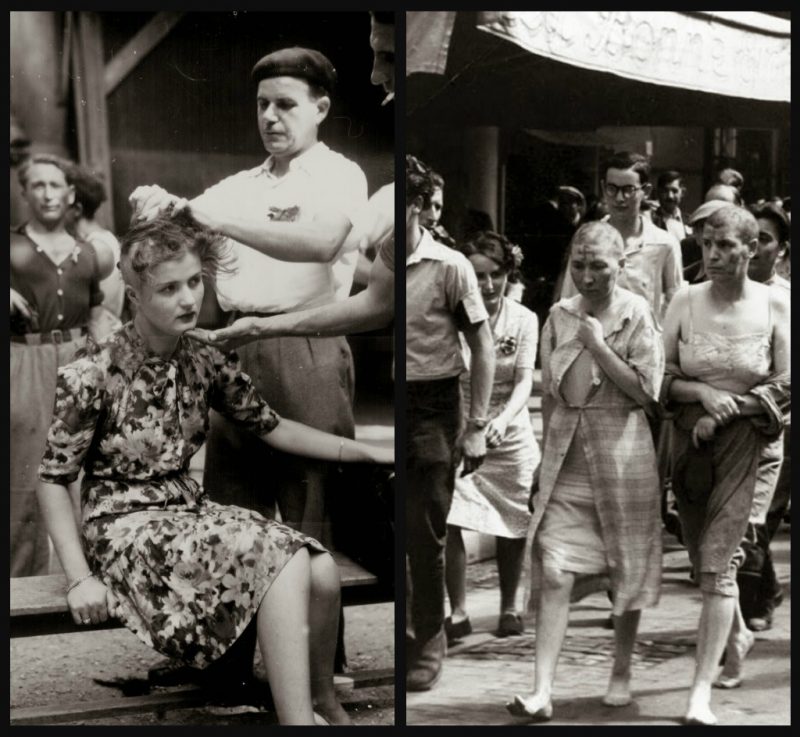
As in many other occupied countries, France had domestic traitors who collaborated with the Nazi regime. This partnership with the enemy was driven by various factors, such as racism, opportunism, and hatred for communism, but there were also people forced to work with the Germans. The main collaborator was the Vichy government, which controlled the occupied part of France as a puppet government for the Nazis. Marshal Philippe Pétain and Pierre Laval were the heads of the regime, responsible for the deportation of 76,000 Jews to the extermination camps built by their government. Gypsies, political opponents, and homosexuals were also sent to the death camps. Official reports state that only 2,500 of the Jews that were deported survived the war. These Nazi collaborators committed some of the worst crimes of the war.

When the war was over and the Germans were expelled from France, the Nazi collaborators were the first to be prosecuted and punished for their crimes against the French nation. A wave of pursuits of traitors occurred, followed by executions of those tied to the Nazi regime. Historians recognize three periods in the search for collaborators. The first was the “wild phase,” which included convictions, public executions, and humiliation of the suspected traitors. The second, known as the legal purge, began when Charles de Gaulle, head of the Provisional Government of the French Republic, started a campaign of legal pursuits of the collaborators.
This period began on June 26, 1944, with approximately 120,000 people sentenced to various punishments. The third phase was the most lenient toward the suspected Nazi assistants, and it included the trials of Philippe Pétain, who was charged with treason in 1945, and the French novelist Louis-Ferdinand Céline, who supported the Axis forces and wrote anti-Semitic pamphlets during the war.

An estimated 6,000 executions were carried out before France was liberated, and another 4,000 occurred after the country was freed. The pursuits were carried out by both individuals and organizations. Nazi-hunting groups were established, tasked with gathering information and tracking down the suspected Nazi supporters. Civilians helped the authorities by providing information about suspects they had seen and recognized. Many women who were suspected of having romantic relations with German soldiers, or were prostitutes that provided their services to the enemy, were punished and humiliated by having their heads shaved publicly. People who profited during the war were executed as well. The French members of the Waffen-SS who managed to survive the war were also treated as traitors. The higher-ranking officers were executed, and the lesser officers were sent to prison or given the opportunity to join the Foreign Legion.
The unauthorized executions continued until the Provisional Government established order, bringing the suspected collaborators before the courts. Some were given amnesty, while some were even rewarded with important positions in the new government. One example is Maurice Papon, who was accused of crimes against humanity and participated actively in the deportation of over 1,600 Jews during World War II. He was later appointed to several important positions under the leadership of Charles de Gaulle and the Fifth Republic. The most eminent Nazi supporters, Laval and Pétain, were sentenced to death. Laval was executed after his trial, but Pétain’s sentence was lessened to life imprisonment instead of execution by firing squad.

In the period between 1944 and 1951, a total of 6,762 people were sentenced to death by the official French courts. Of those, 3,910 were trialed in absentia. However, only 791 collaborators were actually executed; more were subjected to the National Degradation punishment, which included the loss of their political, civil, and professional rights. The convicted became second-class citizens, and a total of 49,723 people were punished this way.
The trials continued into the 1980s, when several suspected Nazi collaborators were brought in front of the courts, including the aforementioned Maurice Papon and his deputy Jean Leguay. The famous Nazi hunters Beate and Serge Klarsfeld worked for decades, trying to bring the accused in front of the courts. Some of the collaborators joined terrorist organizations during the Algerian War, while others escaped to other countries. One of them, Jacques Ploncard d’Assac, a French writer and supporter of the Nazi regime, escaped to Portugal, where he became an adviser of Antonio de Oliveira Salazar, the Portuguese authoritarian prime minister who ruled the country until 1974.
